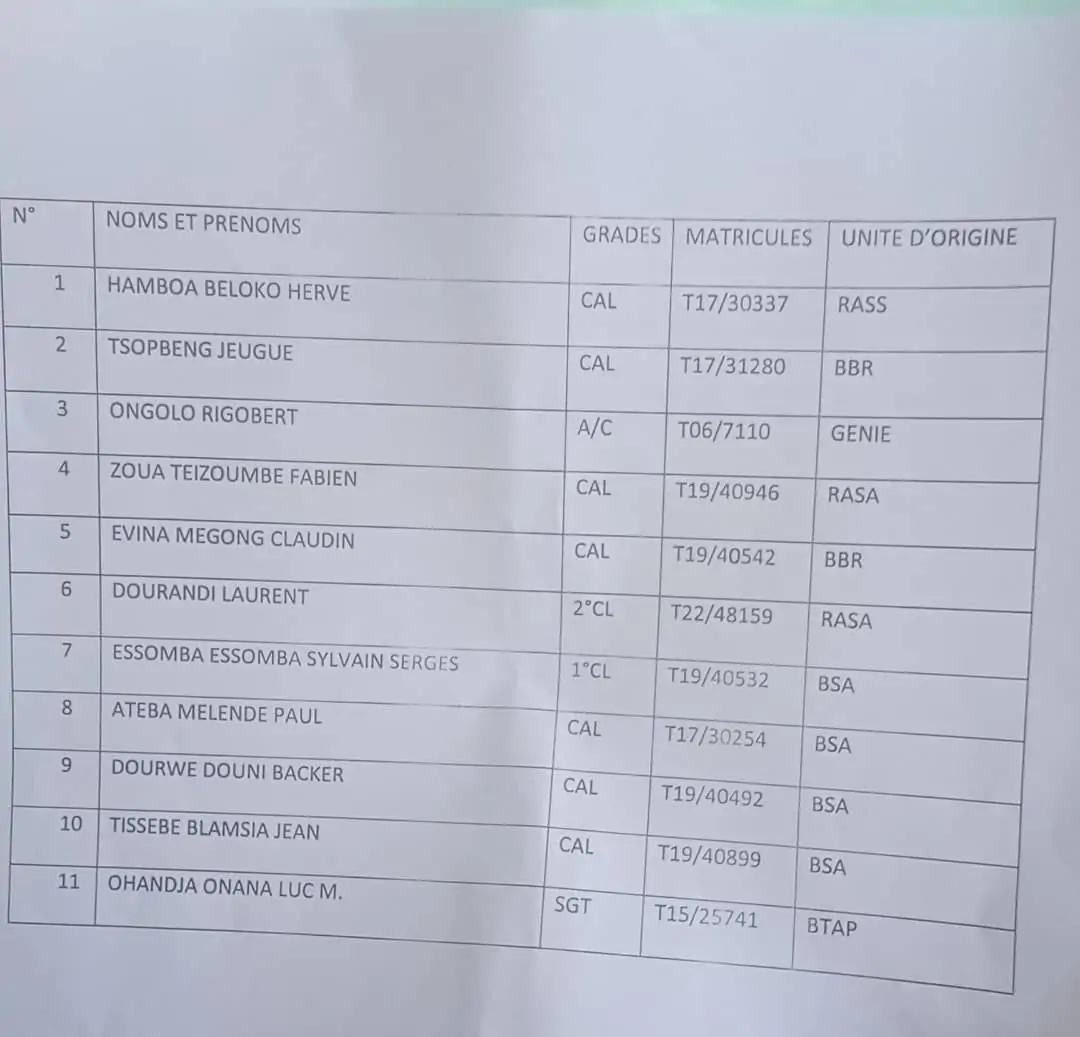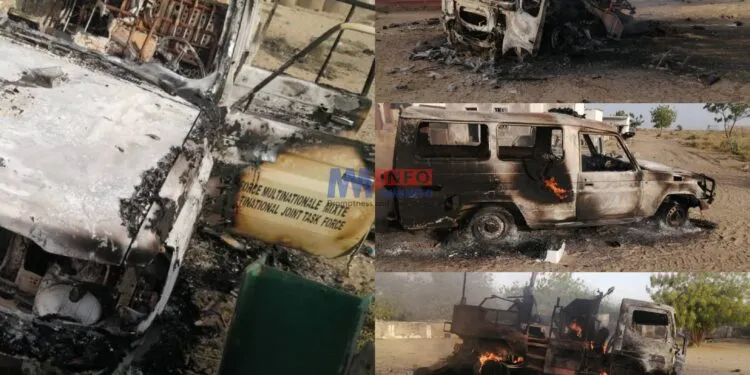Conflicting reports have emerged regarding the number of Cameroonian soldiers killed in the recent Boko Haram attack on military positions in Wulgo, a village along the Nigeria-Cameroon border. Initial witness accounts and security sources reported at least 20 deaths. However, the Cameroonian Ministry of Defence now confirms that 12 members of the Multinational Joint Task Force (MNJTF) were killed.

Conflicting Reports on Casualties
According to intelligence sources assisting troops in the region, “Twenty Cameroonian troops were killed in the fighting, and their bodies were transported across the border into Cameroon this morning.” These sources, who requested anonymity, described how Boko Haram militants disguised as herders infiltrated Wulgo before launching a surprise nighttime attack on military positions. The militants fought for two hours, overpowering the troops before setting fire to the bases and seizing heavy weapons, including Soviet-made Shilka guns.
Eyewitness accounts from residents further supported the initial higher death toll. Local resident Muhammad Sani Umar, who visited Wulgo after the attack, said, “I saw three Cameroonian military trucks conveying 13 bodies across the border into Cameroon this morning.” He described the military bases as being in ruins, with buildings torched and vehicles burnt.
Meanwhile, a document obtained by Mimi Mefo Info (MMI) lists 11 names, adding another layer of uncertainty. This number is consistent with that named by Joshua Osih, Chairman and presidential candidate of the Social Democratic Front (SDF). He expressed his grief and solidarity with the fallen soldiers, writing on X.
“I am deeply shaken by the brutal killing of 11 brave Cameroonian soldiers in Wulgo by Boko Haram,” Osih wrote. “These heroes fell while defending our homeland. My sincere condolences to their families and comrades-in-arms. Cameroon will always remember their sacrifice. United, we will prevail.”
The Ministry of Defence has yet to address why their figure of 12 fatalities does not match reports from security sources and eyewitnesses.
Escalating Threats and the Bigger Picture
The Ministry of Defence acknowledges that the attackers wielded heavy arms and gained access to modern, sophisticated weapons through transnational terrorist collaboration. This reflects a growing concern that Boko Haram and other jihadist factions in the Lake Chad region are becoming increasingly well-equipped and organised.
Boko Haram has shifted its operations to areas around Lake Chad, Wulgo, Waza, Gwoza, Pulka, and the Mandara mountains following the loss of its Sambisa stronghold to the Islamic State West Africa Province (ISWAP) in 2021. These regions have witnessed repeated attacks, including the kidnapping and killing of loggers, herders, and scrap metal scavengers accused of spying for the military.
With Cameroon facing increasing security challenges and regional cooperation among neighbouring countries strained, the lack of clear information about casualties in such attacks raises concerns about transparency and military preparedness.
Until further clarification is provided, questions remain: Could some soldiers still be missing or unaccounted for? Is someone underreporting the death toll? And how will the government respond to the increasingly deadly Boko Haram insurgency in the region?



